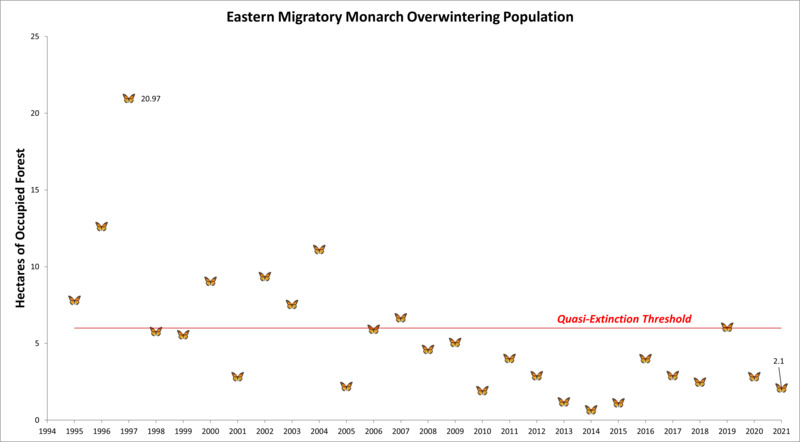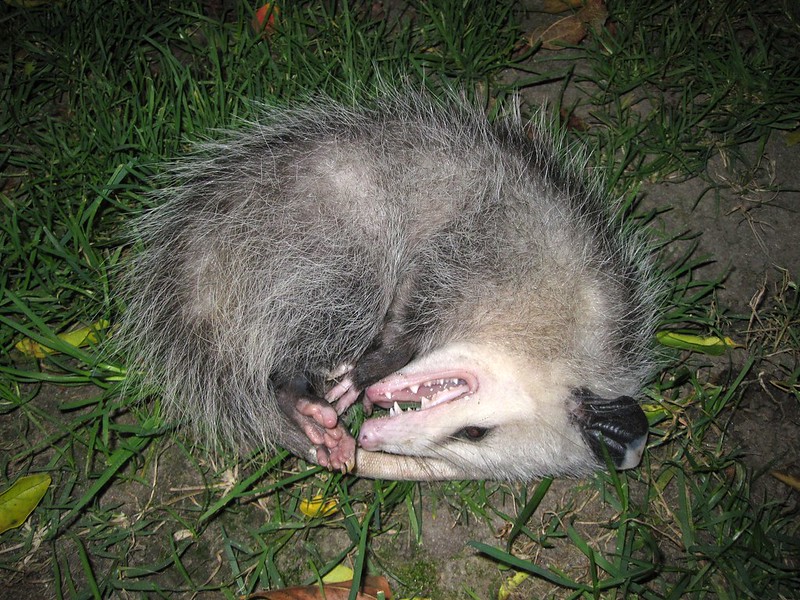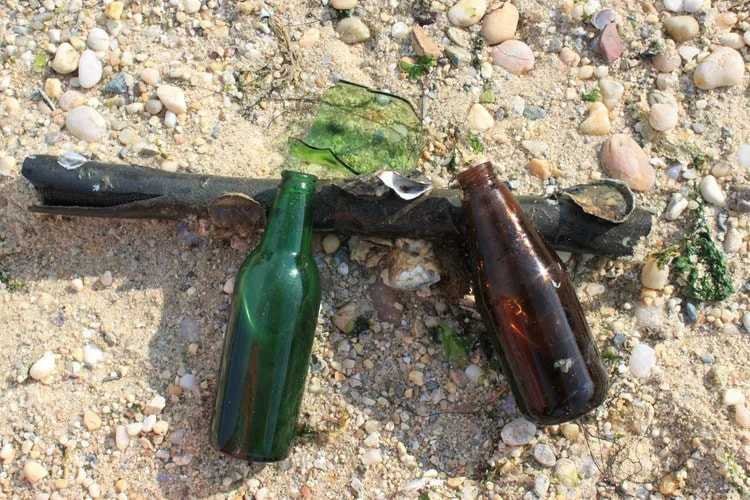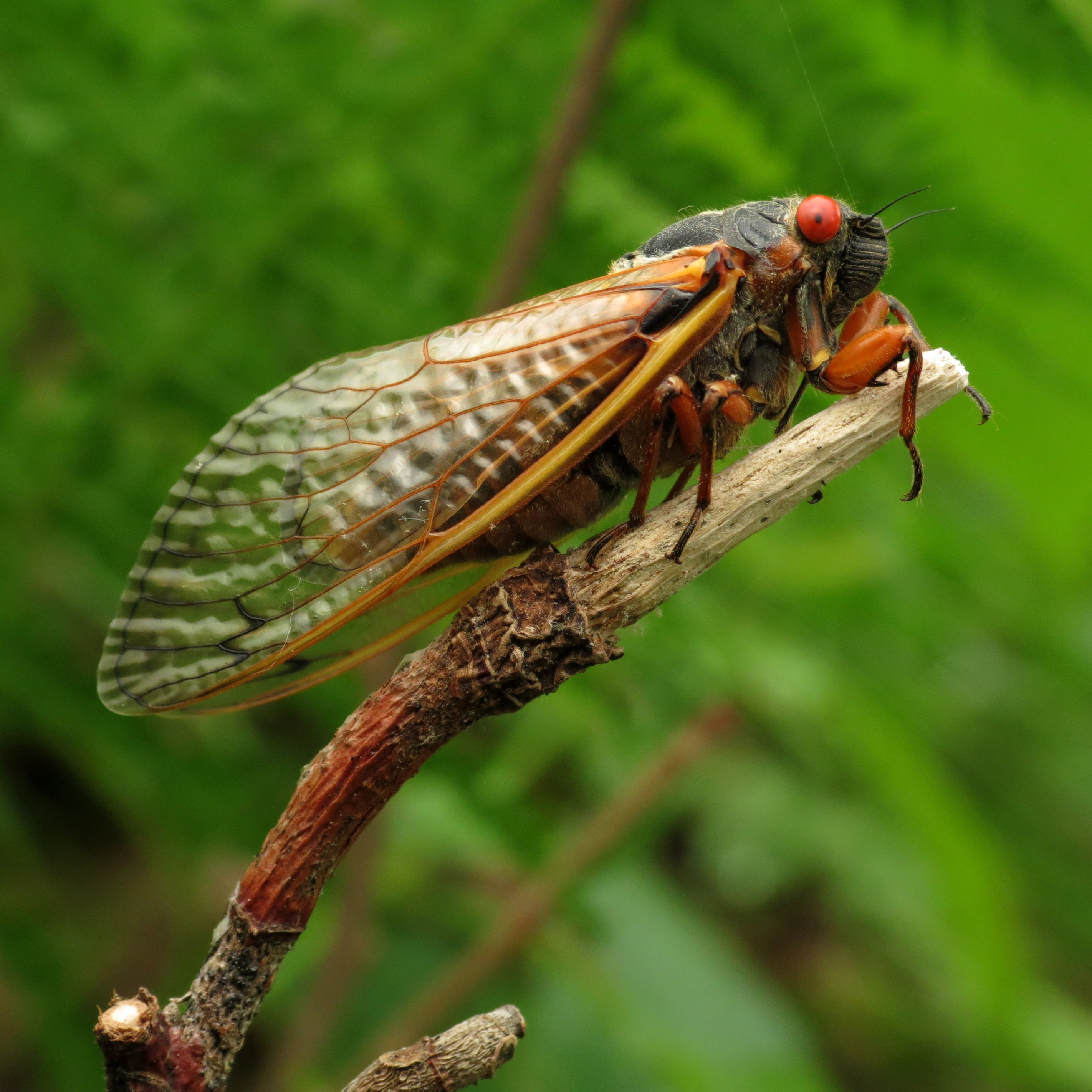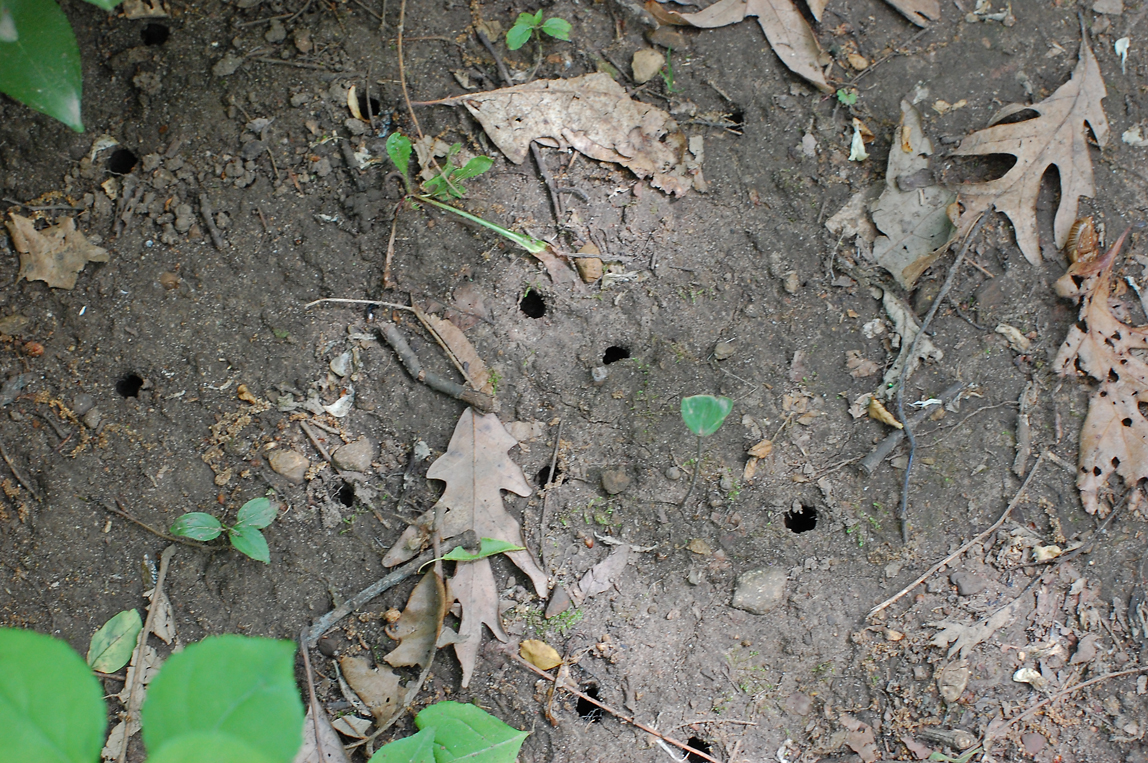Monarchs & Milkweed: The Tale of Two Declining Species
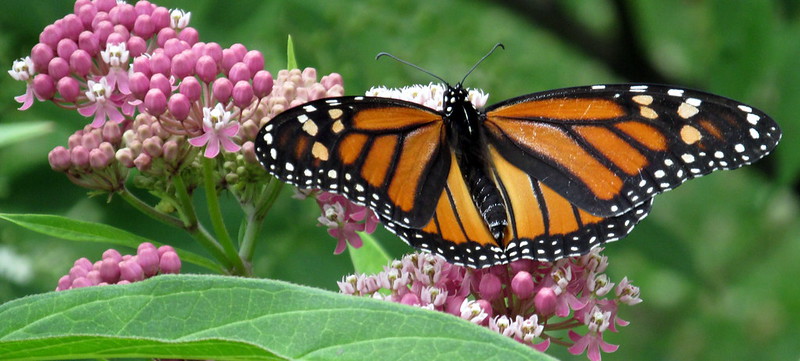
Monarchs & Milkweed: The Tale of Two Declining Species
With its bright orange wing color and thick black outline, it’s hard to miss a monarch butterfly when it flutters by. The monarch butterfly, a busy pollinator, is a welcome sign of its annual migration in late summer. Unfortunately, the eastern monarch butterfly populations continue to decline thanks to climate change, habitat fragmentation, and pesticide use.
Monarch butterflies are more than a pretty sight; they play a huge role in ecosystem functions. The eastern monarch population typically spends late summer to earlier fall pollinating in the northeast. When the temperature drops, the butterflies migrate to forests in Mexico. During their journey back north, monarchs will lay anywhere between 200-500 eggs. While this number may seem high, we must consider that most monarchs have a lifespan of only a few weeks. It’s critical that we provide a safe habitat of the surviving eastern monarch butterflies.
But how does milkweed tie into all of this?
Milkweed is a perennial plant that monarch caterpillars depend on to survive. Like the monarch species, this plant species is on the decline. Researchers from the National Wildlife Federation predict that if everyone adds a little milkweed to their gardens, we will see an increase in monarchs shortly thereafter. But be careful when handling milkweed. Milkweed contains poisonous chemicals to humans and animals that consume it or come in contact with its sap. The monarch caterpillar, however, has evolved to withstand its toxicity. In fact, the toxic chemicals the caterpillars consume act as a defense mechanism to deter predators.
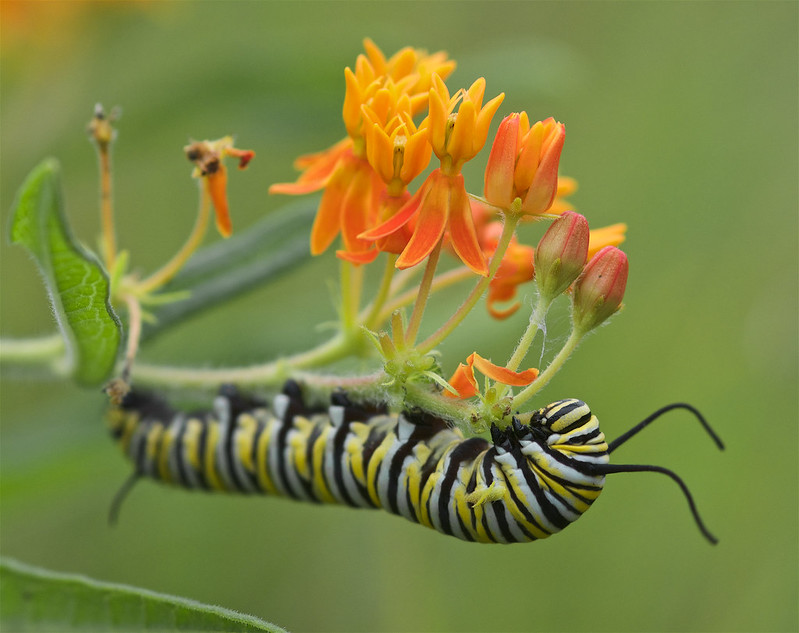
Monarch Caterpillar on Milkweed (Asclepias tuberosa).
Don’t let milkweed scare you though! As long as you take the proper precautions when handling milkweed you will not have an issue. These precautions include, wearing gloves, or covering your skin, washing your hands after handling, and making sure you, and children especially, can differentiate milkweed from other plants. Luckily, Milkweed has some unique identifiers. From June to August Milkweed produces dome-like clusters of little flowers with 5 petals, typically peeled back. Surrounded by the petals, you’ll also see a pod of seeds covered by another 5 hoods. By the fall, Milkweed will begin to release their seeds which get carried by the wind.
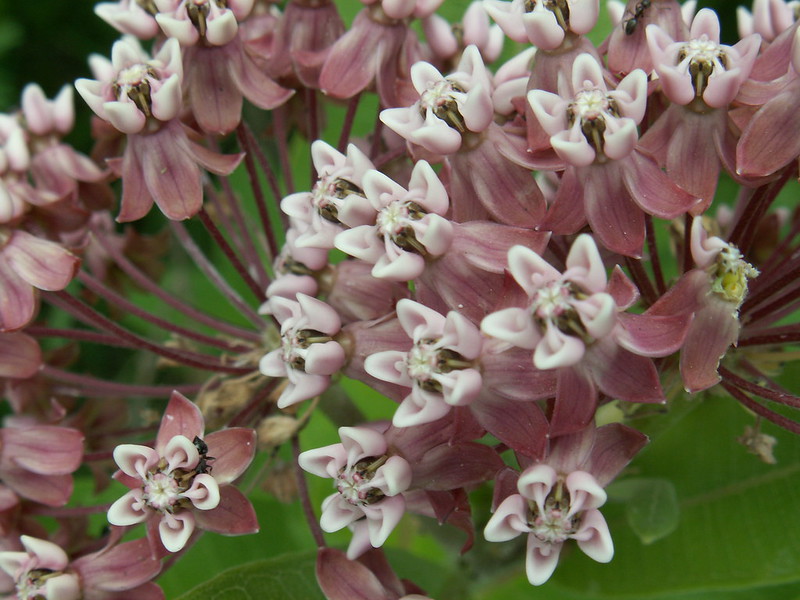
Milkweed with Petals Peeling Back
So, will you add some milkweed to your garden to help protect our monarch butterflies?
Check out Milkweed for eastern US for some tips!
–
By Miranda Gonzales, Long Island Pine Barrens Society
Sources:
https://biologicaldiversity.org/
https://medium.com/usfws/spreading-milkweed-not-myths-5df8c480912d
Posted on August 12, 2021 by Long Island Pine Barrens Society
Dealing with Eco-Anxiety
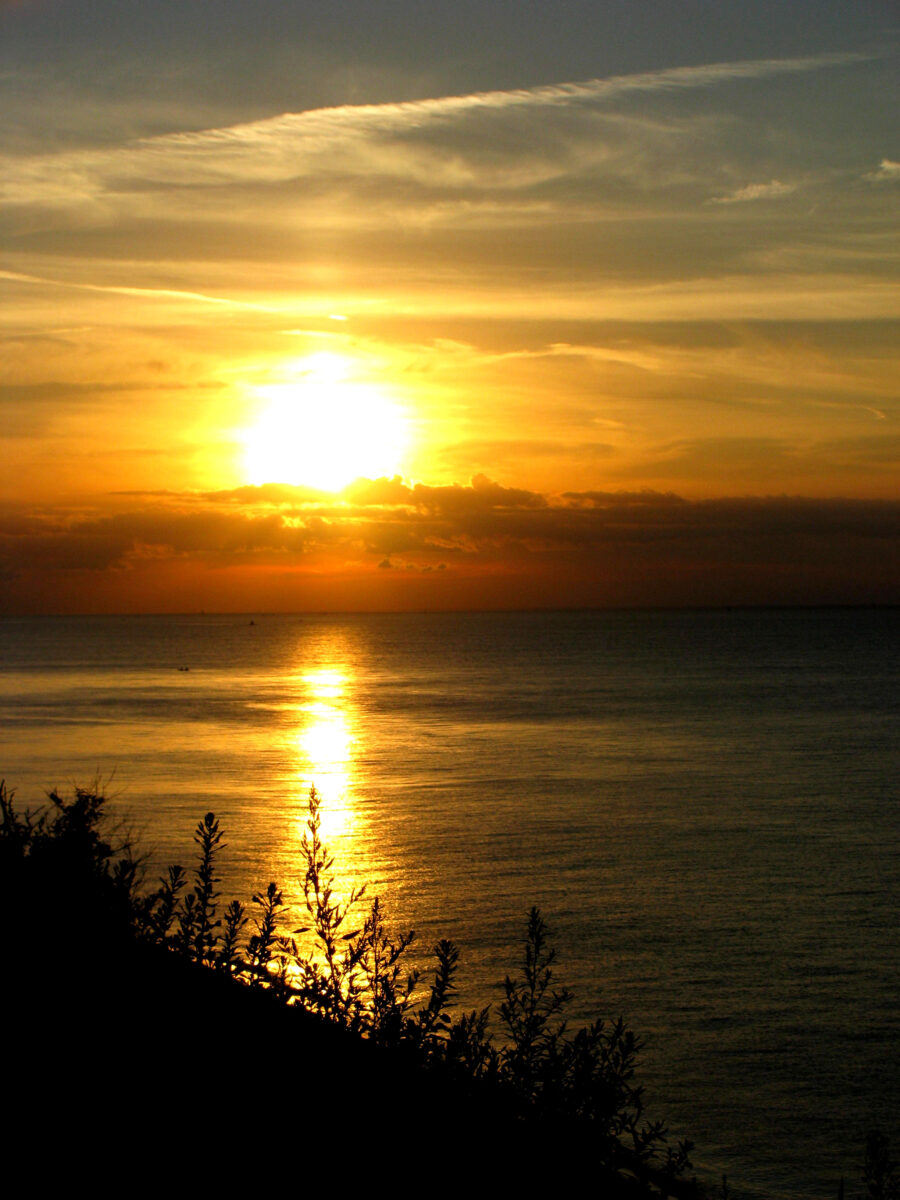
Dealing with Eco-Anxiety
Climate change certainly affects our weather patterns, biological diversity, and landscape composition, but climate change can also take a toll on our mental well-being. According to a survey by the American Psychological Association in 2020, 2 out of 3 (or 68%) of American adults struggle with eco-anxiety. If you’re like me, you fall into that 68 percentile. In this blog, I’ll define eco-anxiety, how to determine if you struggle with it and provide you with ways to cope when all else seems hopeless.
What is eco-anxiety?
The term eco-anxiety, coined by Glen Albrechht, an Australian environmental philosopher, is the feeling of doom or worry brought about by climate change and its impacts. While eco-anxiety is not a clinical diagnosis, many people fear the foreseeable future due to current devastating environmental changes.
Do I have eco-anxiety?
Personally speaking, it feels like eco-anxiety consumes me most days. I constantly ask myself if I am doing enough for the environment; if my youngest sister or future children will reap terrible consequences of climate change as they grow; is it ethical to have children during a climate crisis, or most importantly, why is our government not doing enough? Sometimes, when I forget my reusable water bottle at home, it feels like the end of the world when I need to purchase a plastic bottle of water. Eco-anxiety can cause a range of emotions like helplessness, sadness, grief, or restlessness. If you resonate with any of this, you likely struggle with eco-anxiety yourself.
Eco-anxiety often is worse for those whose livelihoods or cultures depend on a healthy, thriving ecosystem. For example, people with careers that may affected by environmental degradation, such as fisheries and farms, often worry more than the general population. Indigenous communities often face more intense effects of climate change.
How can I cope with eco-anxiety?
With the current state of the world, it can seem impossible to relieve ourselves of eco-anxiety. Reading environmental news about inclement weather events such as flooding in Germany, ice storms in Texas, or the constant wildfires along the west coast of the US certainly make overcoming this fear difficult. But we cannot successfully fight a climate crisis in a weakened mental state, so here are some tips to help you overcome your eco-anxiety.
:
- Spend more time outdoors
Enjoying the great outdoors will not only relieve some of our eco-anxiety but it will also help our overall mental health. In the high technology era, we tend to spend more time indoors. Perhaps you recall our past blogs about the detrimental effects of Nature Deficit Disorder or about the benefits of Forest Bathing. Enjoying the outdoors can connect us with nature, and if you can’t find the time to get outside perhaps bring nature indoors with you with a house plant or two.
- Look on the bright side
You cannot avoid negative environmental news, it’s practically inevitable, but don’t let the negative news outweigh the breakthroughs happening every day. Surrounding yourself with positive environmental news is just as important as informing yourself of the negative news. Personally, I enjoy listening to environmental podcasts like Sustainability Defined or Sustainababble for a lighthearted twist on environmental news!
- Take action
Ease your eco-anxiety by getting involved with your local environmental groups or making personal changes in your life! Taking part in environmental activities such as a beach cleanup can connect you with others in your community that likely also deal with eco-anxiety. Perhaps you don’t have time to attend environmental events. If that’s the case, consider funding local environmental groups, such as The Long Island Pine Barrens Society! Also, making personal changes in your life such as using a bike instead of a car (when possible), or taking shorter showers can help you feel better about your overall environmental impact!
By Miranda Gonzales, Long Island Pine Barrens Society
https://sustainabilitydefined.com/ecoanxiety
Posted on July 29, 2021 by Long Island Pine Barrens Society
Shark Week in the Pine Barrens
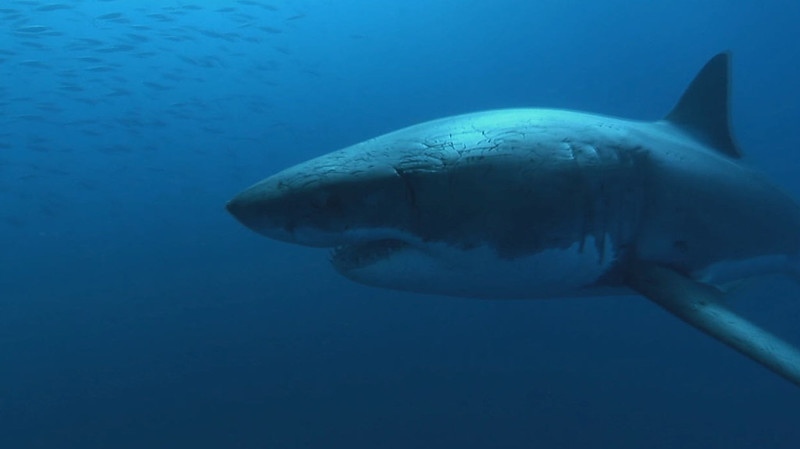
Shark Week in the Pine Barrens
Perhaps one of the most anticipated weeks of the summer is finally here. July 11th marked the start of the 33rd annual Shark Week. What began as an effort to raise awareness for shark conservation and repudiate misconceptions about sharks, now serves as a source of entertainment for many. Since Long Island is surrounded by salt water, the likelihood of our running into one of these marine animals is especially high. While you may not run into a Great White on your hike through Prosser Pines Nature Preserve, it’s not impossible to see a shark visit when you visit other Pine Barrens parks with or adjacent to waterways.
Shark Sighting in the Pine Barrens
On July 25, 2011, a fisherman reported that a Bull Shark made its way into the Peconic Bay. As you may know, two of our beloved Pine Barrens parks in the Riverhead area have access to the Peconic Bay. Indian Island County Park and Hubbard County Park both border this body of water. The fisherman found the Bull Shark tangled in pound traps and assumed the shark had been hunting for fish.

Great White Found Around the Long Island Sound Credit: Ocearch
Wildwood State Park is another known spot for shark visits as it runs along the Long Island Sound. A recent report in Newsday states that at least three different Great White sharks lurked around the Long Island Sound in the last month. Since Long Island hosts an abundance of fish in the sound, it attracts juvenile sharks looking for their next feeding. However, shark attacks on humans remain extremely low, so do not let this keep you out of the water!
Shark Safety
So, you’ve decided to take a swim in the water, but you’ve come face to face with one of these apex predators, now what? The first thing to remember: don’t panic. You may find it difficult to think logically in this situation, but the calmer you react the less likely the shark will bother you. Kicking and splashing the water around can create an illusion of fish and this can lure the shark in your direction. Safely and calmly make your way out of the water while alerting others around you. When the shark finally swims away, quickly exit the water and seek help for any injuries.
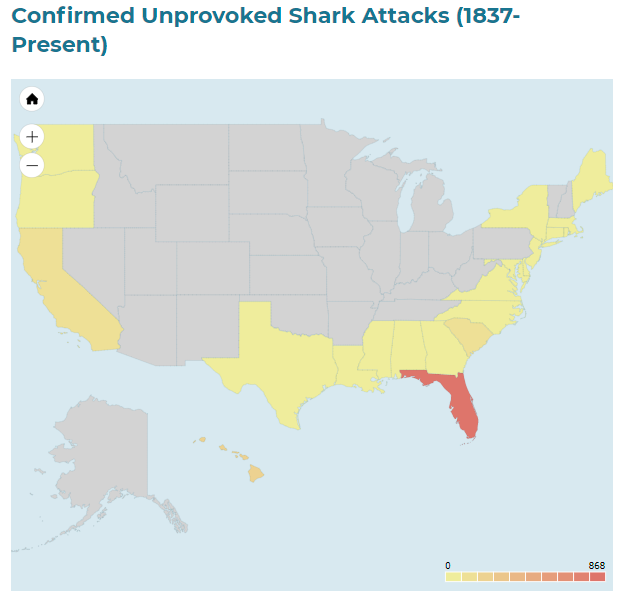
Map of Shark related injuries in the US
Credit: Florida Museum
Remember, your chance of becoming a victim of a shark attack is minimal. The chances are especially low in Long Island waters (although we can’t say the same for Florida, which has the highest recorded number of shark attacks in the country!). In fact, of the 129 alleged worldwide shark attacks recorded in 2020, not a single one occurred in New York. Hopefully, this gives you peace of mind when diving into our beloved Long Island Sound this summer!
By Miranda Gonzales, Long Island Pine Barrens Society
Sources:
https://www.newsday.com/long-island/great-white-sharks-long-island-1.50277983
https://www.cnn.com/travel/article/tips-to-avoid-shark-attacks-trnd/index.html
Posted on July 13, 2021 by Long Island Pine Barrens Society
Top 5 Favorite Pine Barrens Hiking Spots
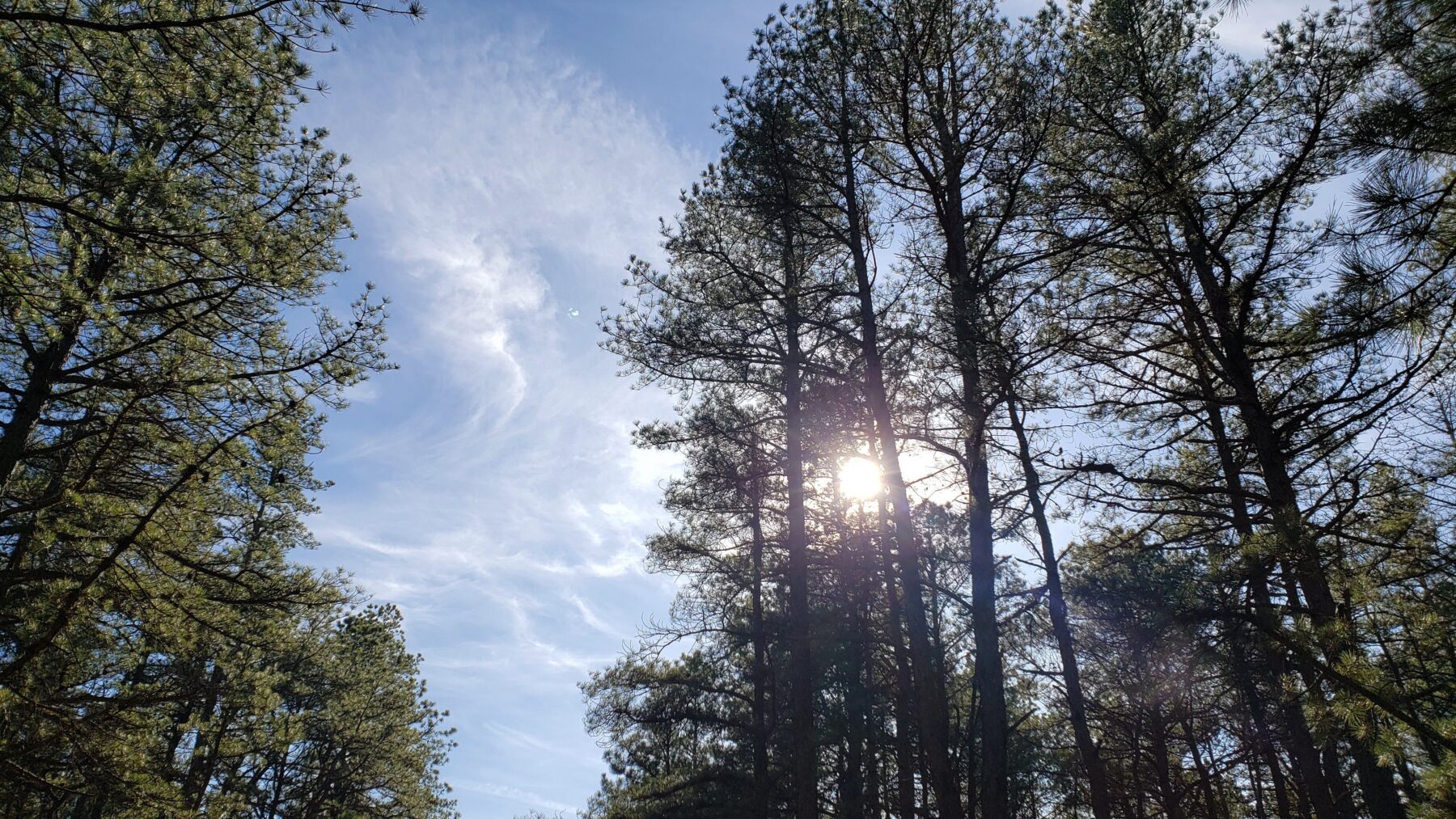
This week on our blog, I’m spilling the beans on some of my favorite Long Island Pine Barrens hiking spots! While many believe some of these parks should remain “Hidden Gems” and kept a secret, I believe that “This land is your land” and that nature should be shared. Research shows that when people experience the beauty and wonder of nature for themselves, they’re more likely to work to protect it and adopt sustainable lifestyle changes at home. So, the way I see it, the more that enjoy our Pine Barrens, the more that will join us in our efforts to protect it.
However, it’s always important to remember to leave no trace, so that you do not spoil the great outdoors for others looking to enjoy them or cause harm to the many creatures that inhabit it.
So, let’s get to it!
#1 – Ridge Conservation Area
Located on Randall Road in Ridge, this preserve offers 184 acres of woodlands, grasslands and a fishable pond. There are three trails available – the blue trail is a 1.1 mile loop, the red trail (added to the blue trail) is about 2.5 miles in length and there is a yellow universal access trail. While the woodlands and Randall Pond are beautiful, especially in the Fall, I think my favorite part of the trail is the field and grasslands. Walking through the grasslands provides such a tranquil atmosphere. Prior to being acquired by the New York State Department of Environmental Conservation in 1914, the property the operated as the “Middle State Game Farm” and was used for agricultural purposes and to raise Bobwhite Quail and Ring-necked Pheasants. Since then, the NYSDEC has worked to actively restore the property to its natural state.
This property is dog-friendly (make sure to follow the rules). A hiking map can be found here. A free seasonal access permit must be obtained from the NYSDEC to use this property – click here for the application. The permit is good for three years.
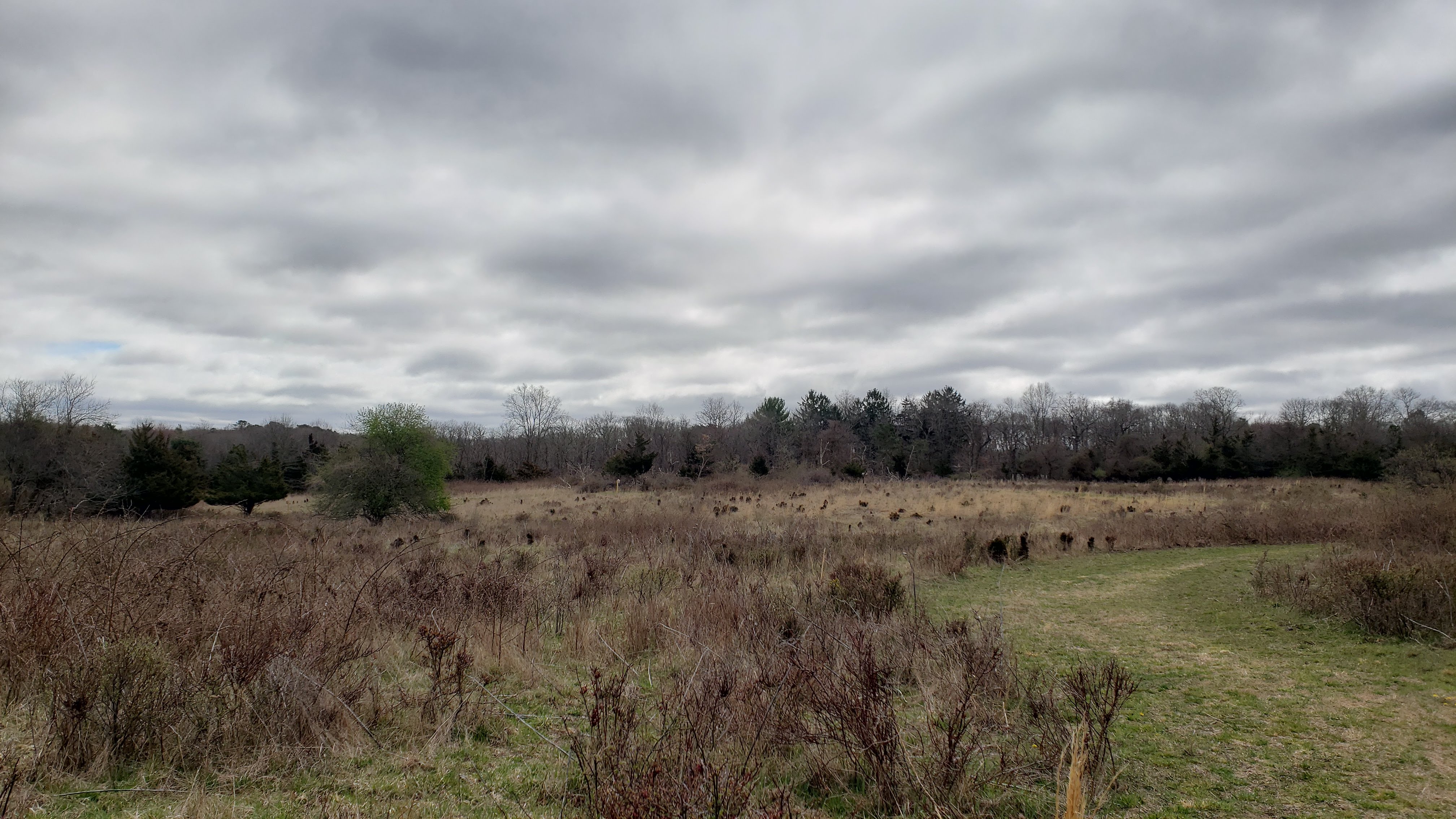
Ridge Conservation Area (K. Brown)
#2 – Calverton Ponds Preserve
The Calverton Ponds Preserve is owned and operated by The Nature Conservancy and the trail entrance can be found along Old River Road in Manorville. There is a loop trail here about one mile in length. This is a 350-acre oak-pine forest that contains coastal plain ponds, one of the rarest wetland types in all of North America. Coastal Plain Ponds do not have any contributing bodies of water. Instead, they’re supplied with water by the aquifers beneath them. These ponds are ecologically invaluable, as they have been known to host more than 50 species of state-rare plants. They are also home to countless species of rare amphibians, fish and insects. If you’re looking for a true sense of serene, then the Calverton Ponds Preserve is for you!
Dogs are not allowed on this property. A hiking map can be found here.
As an added bonus, you can check out other coastal plain ponds in the area. Drive about 1.6 miles northeast to the intersection of Wading River Manor and Schultz Roads. Park safely along the shoulder and look for a clearing in the woods along Schultz Road – after about a half-a-mile’s walk, you’ll stumble upon the beautiful Sandy and Grassy Ponds.

Calverton Ponds Preserve (K. Brown)
#3 – Cranberry Bog County Park
Cranberry Bog isn’t much of a secret these days. This park blew up in popularity, especially during the pandemic. However, it’s still a great park to visit! Located along Lake Avenue in Riverhead, this park offers a short and easy 0.9 mile loop trail around Swezey Pond. The preserve is the site of an old cranberry production farm and you can spot several historic structures leftover from the farming days, including the old pump house, remnants of paved roads and earthen dams. This preserve is also the site of the largest remaining Coastal Plain Atlantic White Cedar Swamp plant community in all of New York State. This is a great place to view wildlife such as birds, reptiles and amphibians and rare plant species.
This park is dog-friendly. A hiking map can be found here.

Cranberry Bog County Park (K. Brown)
#4 – Quogue Wildlife Refuge
Quogue Wildlife Refuge is another well-known Pine Barrens Preserve and rightfully so! We call Quogue the “Crown Jewel of the Pine Barrens” because you can find stunning examples of all the ecological characteristics that make the Pine Barrens so special – ponds, wetlands, pitch pines, dwarf pines, sandy soils, heath plants, carnivorous plants and more! There is also a wonderful education center on site and an outdoor wildlife complex that houses native animals that have been injured and would not be able to survive in the wild. After hiking one of the trails ranging from 0.8-3.1 miles, don’t forget to walk across the train tracks and visit the Fairy Dell, a 1,500 foot long boardwalk that overlooks Quantuck Creek.
Dogs are not allowed on this property. A hiking map can be found here.

Quogue Wildlife Refuge (K. Brown)
#5 – Dwarf Pine Plains Preserve
Visit a globally-rare ecosystem right here on Long Island! Located along CR-31 in Westhampton is one of only three Dwarf Pine Plains in the world. Due to the extremely acidic and sandy soil, the Pitch Pines in the preserve only reach about 4-8 feet in height. There is a short 0.6 mile trail marked with interpretive signage, making the preserve an idea place for nature study. The environment here feels extreme, almost like a desert in the hot months of Summer. This preserve is a great place to watch for unique birds and if you’re lucky, you might spot the endangered Buck Moth in the Fall.
Dogs are not allowed on this property. A hiking map can be found here.
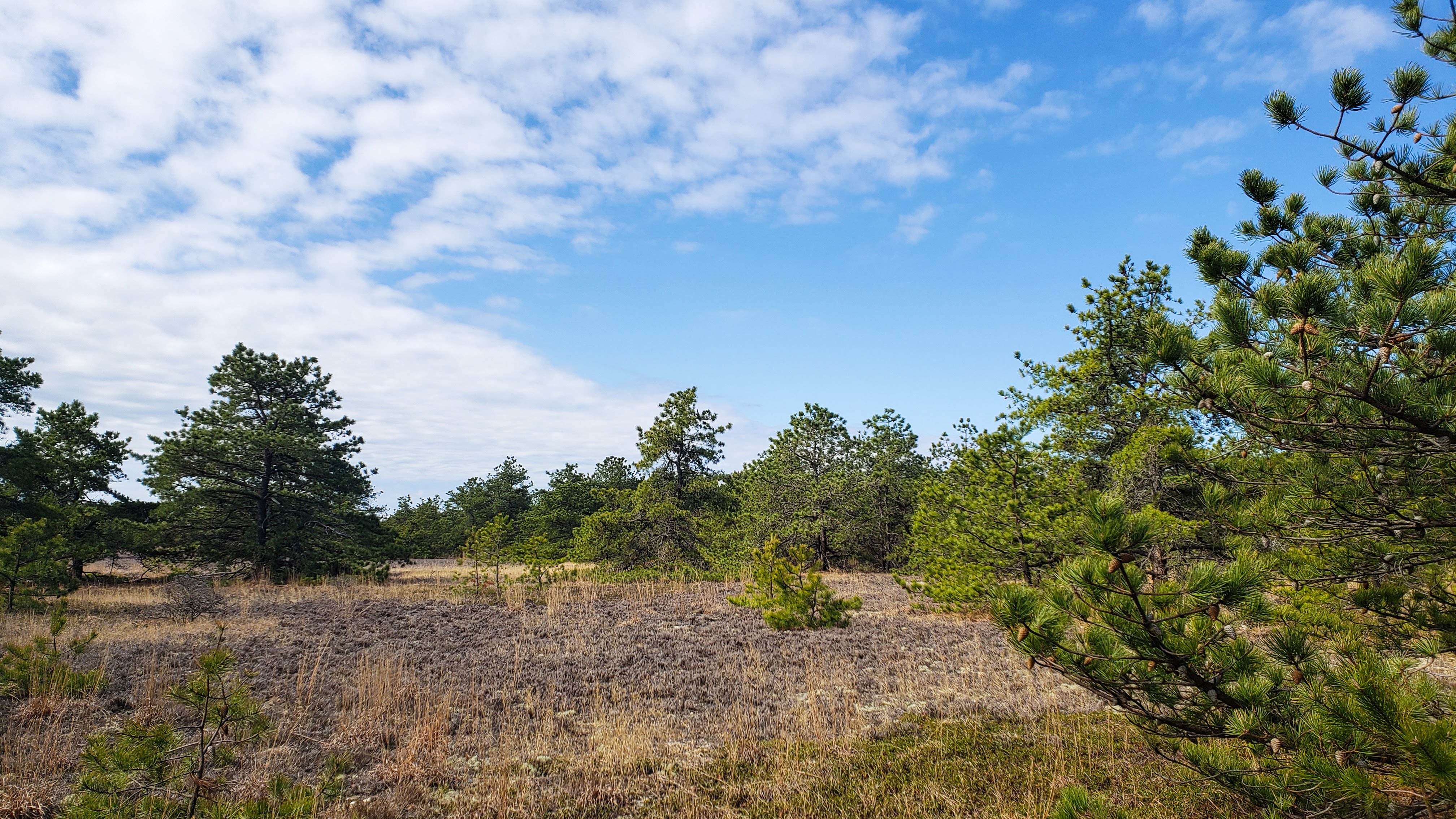
Dwarf Pine Plains (K. Brown)
Honorable Mentions:
And because I had a hard time picking just five, here are some honorable mentions:
- Prosser Pines Nature Preserve
- Hubbard County Park
- Indian Island County Park (just outside the Pine Barrens boundary, but beautiful none the less)
Happy Hiking!
By: Katie Muether Brown, Long Island Pine Barrens Society
Posted on July 6, 2021 by Long Island Pine Barrens Society
Climate Change Impacts Happening on Long Island
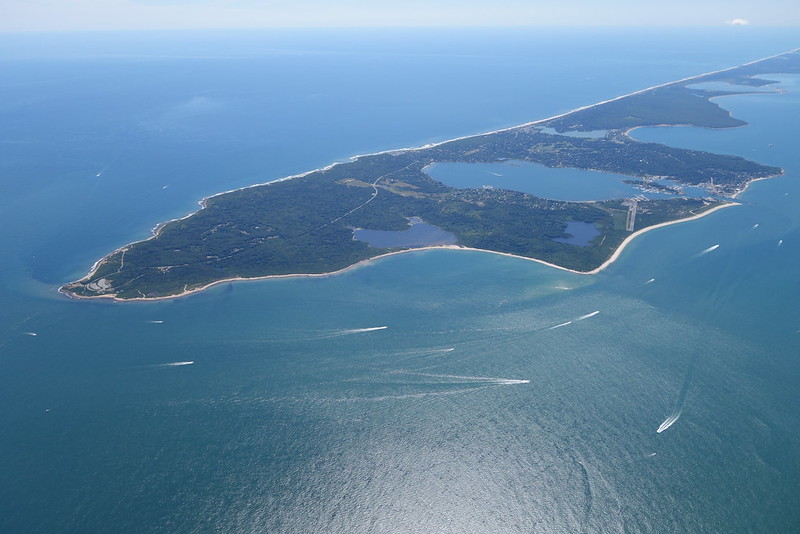
Once upon a time, many of us dismissed the idea of human-caused climate change as a miniscule issue, or some denied it altogether. We’d often hear phrases from our political leaders like “We should be focused on magnificently clean and healthy air and not distracted by the expensive hoax that is global warming!” (Donald J. Trump, 2013) or “In case we have forgotten, because we keep hearing that 2014 has been the warmest year on record…do you know what this is? It’s a snowball just from outside here. So it’s very, very cold out.” (James Inhofe, 2015). However, our global climate crisis cannot get ignored any longer. For years, we’ve seen the terrible results of global climate change in areas of intense weather like the tropics or the arctic, but now we can see evidence of climate change right here on Long Island. As Long Islanders, we can expect to face several environmental problems as we continue to pump greenhouse gases into our atmosphere. Gone are the days where we can say “let the future generation deal with it.” Long Island is in trouble and the evidence stacks up.
Long Island Sea Level Rise
Global sea level rises as hot temperatures melt land glaciers into our waterways. Surrounded by water, Long Island especially faces intense concerns for sea level rise. In fact, information gathered by the National Oceanic and Atmospheric Administration (NOAA), shows a global average of an 8 inch sea level rise since 1880. In New York specifically, the sea level increase nearly doubles the global average, with a 13 inch sea level rise. The NOAA projects an average 4 foot rise in sea level by the year 2100. With screenshots from their interactive sea level rise map, we can see the Long Island areas at high risk for floods highlighted in turquoise.

Long Island Sea Level Today

4 ft Sea Level Rise on Long Island
Intense Hurricane Seasons
You may wonder what the global climate has to do with hurricane intensity, but they actually work hand-in-hand. When global atmospheric temperature rises, oceanic temperatures also rise. A hurricane forms when a weather disturbance, such as a thunderstorm, comes in contact with water of at least 80 degrees Fahrenheit. The warmer the water, the higher the intensity of the storm. Long Island witnessed the brutal Hurricane Sandy in 2012 that obliterated much of our coastline, flooded residents out of their homes, and left many without power. Hurricanes are just beginning, but with constant record-breaking temperatures, the east coast should stay prepared for more disasters like Superstorm Sandy.
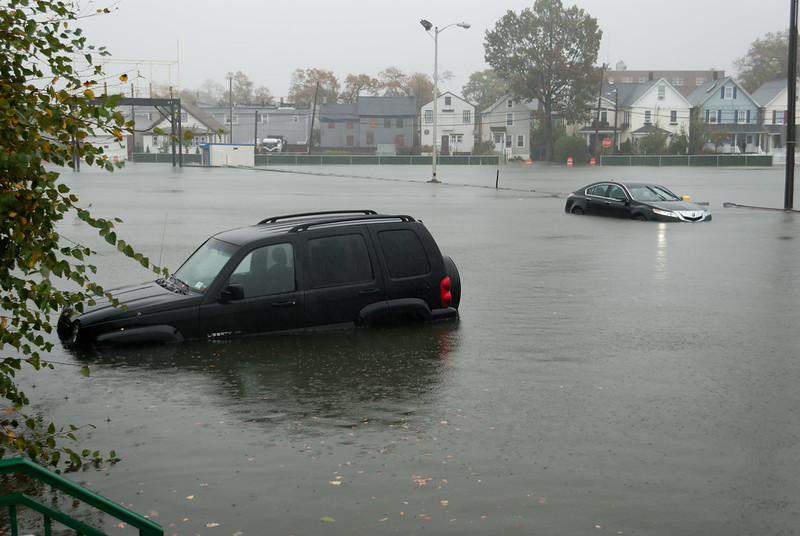
Hurricane Sandy Floods

Hurricane Sandy Aftermath
Water Quality Impacts
Climate change is also exacerbating our local water quality impairments. While nitrogen pollution is the cause of the harmful algae blooms that plague Long Island’s waters all Summer long, warming water temperatures across Long Island causes these blooms to last longer and become more intense. In addition, warming temperatures across Long Island are causing local fisheries to retreat and/or collapse.
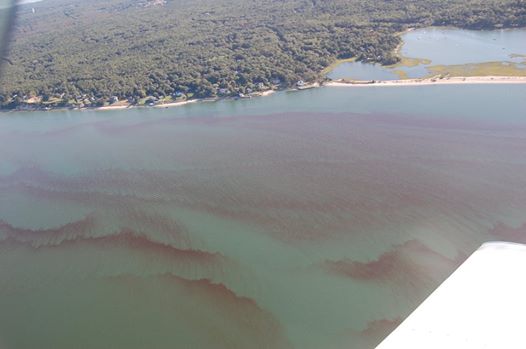
Rust Tide- Harmful Algae Bloom
If this evidence doesn’t scare you enough to advocate for climate action, then perhaps the consistent wildfires, droughts, and northern thawing permafrost do. Climate change is no longer an issue up for debate. It is real, and we’re seeing the results right here on Long Island. We need climate action now.
Climate petitions you can sign now: The Nature Conservancy, Green Peace, and Natural Resource Defense Council.
By Miranda Gonzales, Long Island Pine Barrens Society
Sources:
https://oceanexplorer.noaa.gov/facts/hurricanes.html
Posted on June 29, 2021 by Long Island Pine Barrens Society
Backyard Birding for Beginners

One of my favorite ways to spend a morning is to wake up, pour myself a cup of coffee and sit out on the patio to watch the morning traffic of birds that use my feeders. I have never been a bird expert, but I’ve certainly learned a lot through this backyard bird watching exercise. I can now identify the sounds and sights of many of these fleeting and hungry visitors. In this blog, I will be sharing some tips on how you too can set-up your yard to attract birds and how to begin your own bird watching hobby.
Is your space bird-friendly?
Before setting up bird feeders, you’ll want to consider whether or not your yard is bird-friendly. Ideally, your yard should be chemical-free, meaning that you do not use any pesticides. Birds are highly susceptible to harm caused by pesticides. The U.S. Fish and Wildlife Service estimates that an estimated 67 million birds die from pesticide poisoning each year and more than 600 million are exposed.
In addition, you’ll want to keep track of stray cats in the area. If your cat goes outdoors or there are a lot of strays in the area, then setting up bird feeders may not be the most responsible thing to do. Predation by domestic cats is one of the leading causes of death to wild birds. In the United States alone, outdoor cats kill approximately 2.4 billion birds every year.
Lastly, you’ll want to make sure you have space to place a feeder that’s fairly distanced away from glass (like windows or sliding glass doors) to avoid collisions. Usually a distance of about 10-feet is considered safe. In addition, you can opt to install some mechanisms that will make your windows bird-safe.
Set-up Your Feeder
First, pick out a bird feeder. Keep in mind there are several different types of feeders that attract different types of birds. One of the most common types is a tube feeder. If you go with a hanging feeder, it is suggested to hang your feeder from a pole or stand in a wide open area. You’ll want to avoid hanging your feeder from a tree to prevent squirrel raids. In addition, you’ll want to place your feeder away from nearby trees, lawn furniture or anything a squirrel can use as a launch pad to your feeder. I had one pesky squirrel climb to the top of my patio umbrella and launch itself onto my bird feeder, quickly emptying all my seed to the ground. There are also squirrel-proof feeders on the market that you may want to consider.
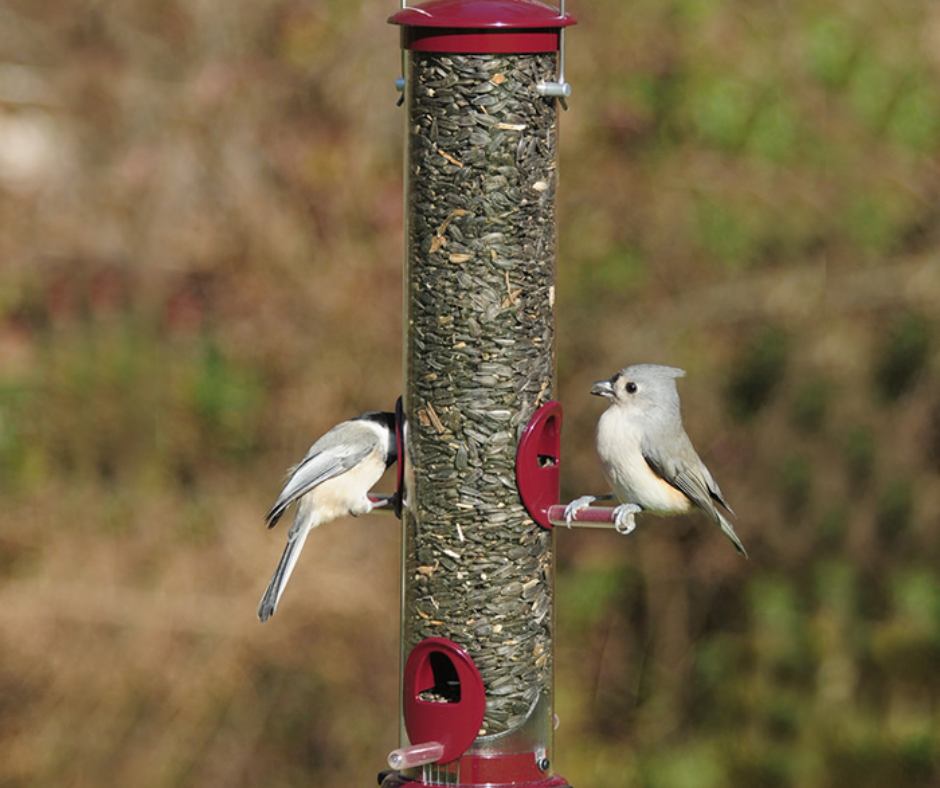
Hanging Tube Feeder
Pick a Seed
There are many different bird seeds for sale, some that do better job at attracting birds than others. I’ve personally found that a variety mix is good to attract several types of birds – especially a mix that contains a lot of black sunflower seeds (that seems to be a fan favorite). Usually, the label on the feed bag will explain what type of birds you can expect from the seed mix.
You can also choose to put out a suet feeder. Suet is a brick of hard fat with seeds embedded into the fat. It’s best to put suet out during the months when temperatures are cooler because suet can turn rancid in hot weather.
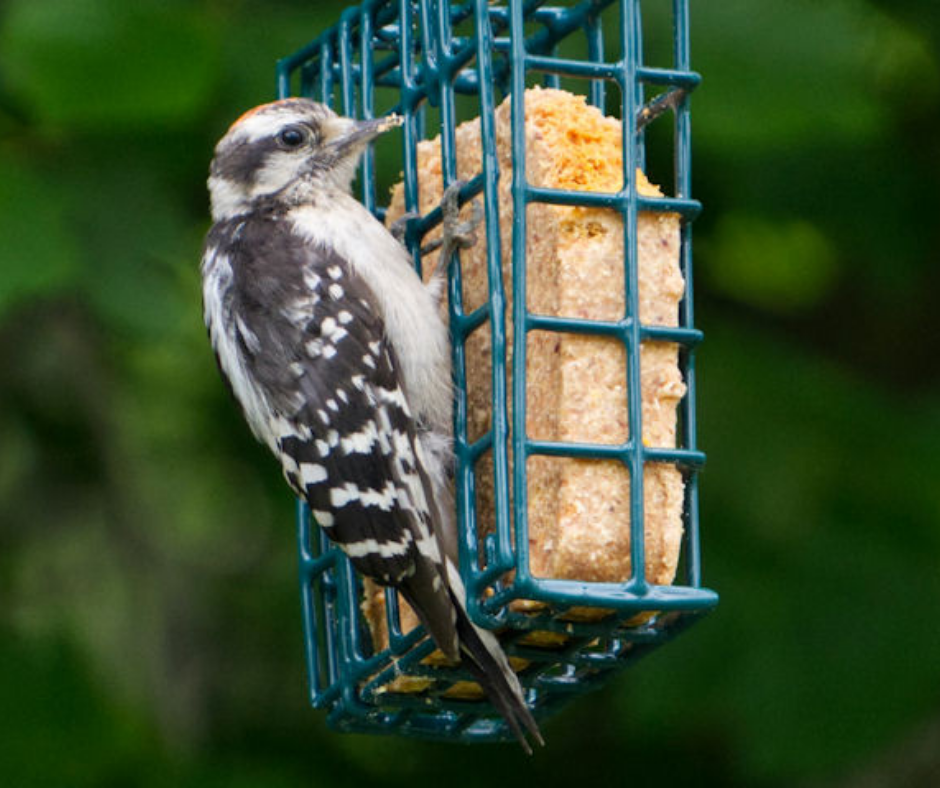
Suet Feeder
In the Summer, you can also attempt to attract hummingbirds to your yard by putting out a hummingbird feeder with some homemade sugar water. It’s best to avoid the pre-made hummingbird water you can find in stores, because they usually contain red dyes that can be harmful to the birds. It’s easy to make your own sugar water – just dissolve 1 part sugar with four parts water and pour it into your feeder.
Other Ways to Attract Birds
If you’re still not seeing birds after putting out feeders, you might want to try some other ways to attract birds. You might consider installing a bird bath or bird fountain, planting brightly-colored native flowers or installing a bird house for shelter.
When to Feed Birds
While you can feed the birds all year round, it is most helpful to feed birds during times when food sources are low, like the Winter. However, as a word of caution, if you decide to feed the birds during the Winter, it’s important to keep up with it and continue all Winter long. Many birds have a fixed territory and will become dependent on your food source. While your feeder isn’t the only source of food for overwintering or migratory birds, it may become essential to them if there is snow and ice on the ground.
Tips for Watching & Identifying Birds
The best time to watch for birds is the early morning and late afternoon. Most backyard birds sleep at night and are ravenous in the morning. My bird feeders are like Grand Central Station in the mornings. Usually birds are least active mid-day. You’ll want to keep quiet and sit about 10 feet away while watching the birds and keep your dog inside.
It’s ok if you can’t identify the feathered friend at your feeder at first. Learning the new species as you go is one of the best parts of your journey into backyard bird watching. You may recognize some common species like Blue Jays or Downy Woodpeckers, but might be surprised when an unrecognizable bird lands on your feeder. While there are plenty of bird identification books, websites and apps out there, my favorite bird identification tool is the Cornell Lab Merlin App. After entering your zip code, the app will ask you a series of questions to help you identify the bird species that you encountered. It even has sound ID! The app will also track your identifications for you and as an added bonus, you’ll also be contributing to a larger citizen science project of tracking bird populations in your area.

Cornell Lab Merlin Bird ID App
Here are some of the species I’ve been lucky to spot in the past year:
- American Robins
- Baltimore Orioles
- Black-capped Chickadees
- Blue Jays
- Carolina Wrens
- Downy Woodpeckers
- House Sparrows
- House Wrens
- Gray Catbirds
- Mourning Doves
- Northern Cardinals
- Northern Flicker
- Northern Mockingbirds
- Tufted Titmouse
- Red-bellied Woodpeckers
- Ruby-throated Hummingbirds
- Song Sparrows
- White-breasted Nuthatches
I hope this blog helps you discover the fun and tranquility of bird watching in your own backyard! Happy Birding!
By: Katie Muether Brown, Long Island Pine Barrens Society
Posted on June 24, 2021 by Long Island Pine Barrens Society
The North American Marsupial

The North American Marsupial
Virginia Opossums (Didelphis virginiana) or commonly known as opossums, regularly visit many of our backyards throughout the year. Uniquely, opossums are the only marsupial that inhabits the United States. Marsupials are a type of mammal that birth their offspring before they fully develop. The young offspring then stay in their mothers pouch until they become mature. Oftentimes people will think of a kangaroo or koala when they think of a marsupial, but opossums raise their young the same way! Unlike their Australian relatives, opossums have earned a bad rep due to their creepy outward appearance. Many people view opossums as harmful, dirty, rat-like animals, but this couldn’t be further from the truth. Not only do they assist in important ecological functions, but they live an extremely clean lifestyle and can greatly benefit our yards.
Physical Appearance and Reproduction
Opossums often are quickly judged for their ‘unpleasant’ appearance, some may say. While I agree when opossums play dead they tend to look creepy or even scary, but when they aimlessly hobble around, you can’t help but to adore them. Virginia Opossums typically display long thick bodies with tiny legs, red-brown body fur with white fur on their faces, and long hairless tails and ears (some tails can even appear as long as the body of the opossum!). To differentiate the male and female opossums, you’ll usually find males have longer bodies than most female opossums. During the breeding season (anywhere between January to September) a female opossum can expect to birth between 1-3 litters per year with an average of 15 offspring per litter. After only about a 13-day gestation period, the female will give birth and then keep the offspring in her pouch for approximately 50 days after birth. Since opossums have such a short lifespan of about 3 years, the new offspring will reach sexual maturity by the next breeding season.
Benefits
If you’re still not sold on appreciating our backyard visitors, perhaps learning of the great benefits they provide can change your mind. Opossums have a very adaptable diet, which makes it so easy for them to live in urban areas, to suburban areas, to the wilderness. Their diet consists of many pests we love to hate, like rats, mice, cockroaches and most importantly ticks! Like many mammals, opossums are a host for ticks. However, they are extremely efficient at removing these pests through grooming and kill over 90% of those that are on their bodies. In 2018, the Center for Disease Control and Prevention (CDC) reported 60,000 cases of tickborne illnesses in the United States alone. Especially with the large tick population on Long Island, we could use all the help we could get! Opossums almost never come down with Lyme disease (or rabies!), so they actually slow the spread of these illnesses rather than spread them. If that wasn’t enough, opossums are immune to venom in venomous snakes and can even prey on these snakes, thus protecting us from a possible snake bite incident.
Population Threats
With all the benefits brought by opossums, it’s important to do what we can to protect these animals. The overall population of opossums in North America is on the rise, but we must actively try to keep it that way. Since opossums keep our yards free of pests, we owe it to them to protect them from unnecessary dangers. Some threats to opossums include habitat fragmentation, attacks from outdoor pets, and traffic. You can help your local opossum population, by driving slower at night, breaking for wildlife crossing the road, and keeping your pets indoors at night or kept on a leash. With these efforts, we can protect our local opossum populations, and in return, opossums can continue to protect our yards!
By Miranda Gonzales, Long Island Pine Barrens Society
Sources:
opossumsocietyus.org/how-to-help/
https://animaldiversity.org/accounts/Didelphis_virginiana/
www.homestead.org/outdoor-lore/why-opossums-are-good-benefits-of-opossums/
Featured Photo: S.N. Johnson-Roehr, Flickr Creative Commons
Posted on June 17, 2021 by Long Island Pine Barrens Society
Don’t Make These Common Summer Time Mistakes

Naturally, the warm weather lures us outside after being cooped up all winter. Perhaps you’ve already found yourself having some beach days or backyard gatherings. This all sounds fun until you realize you may make some harmful environmental decisions. Follow along below to learn about the actions to avoid so you can have a more eco-friendly summer!
1. Using Harmful Sunscreen
As we become more exposed to the sun during the summer, protecting our skin from sun damage becomes a bigger concern. However, many sunblock brands contain ingredients harmful to our marine ecosystems. So grab your sunblock and check the ingredients. If it contains any of the following chemicals, you may want to swap it out for a certified reef-friendly sunblock;
Oxybenzone, Benzophenone-1, Benzophenone-8, OD-PABA, 4-Methylbenzylidene camphor, 3-Benzylidene camphor, nano-Titanium dioxide, nano-Zinc oxide, Octinoxate, Octocrylene.
The National Oceanic and Atmospheric Administration (NOAA) states these chemicals cause coral bleaching, birth defects in sea urchins and mussels, decreased fertility in fish, and impair the growth of green algae. Look for the Reef-Friendly certification on your next bottle of sunblock to prevent damage to our marine ecosystem.
2. Blasting your AC
Walking into an air conditioned building sounds amazing after a long day in the sun, but hearing of the environmental impacts of air conditioning makes this much less desirable. According to an article posted by the Guardian, the US uses as much electricity on air conditioning alone than the UK uses as a whole, each year. The International Energy Agency (IEA) states that worldwide, air conditioners contribute 2 billion tons of CO2 into our atmosphere each year. This adds to the rising global temperatures which, ironically, will lead to even more air conditioner use. It’s important to keep these statistics in mind before running to the thermostat. Try to avoid running your air conditioners unless absolutely necessary, or attempt to use a fan first, as they require less energy. If you can’t live without air conditioning, perhaps try adjusting the temperature a few degrees higher. In the long run you’ll use less energy while still keeping your house cool.
3. Grabbing beef burgers at BBQs
Summer time barbecues are a great way to socialize, but an event like this typically leads to high meat consumption. The animal agriculture industry demands enormous amounts of water and land to operate. Also, animal agriculture makes up 18% of the total greenhouse gases released each year. So, if you plan to host or attend a barbecue this summer, consider suggesting or providing some vegetarian options. Even if switching to a complete vegetarian diet doesn’t work for you, choosing a meatless option once a week can add up to make a great difference.
4. You leave a trace
With the sunshine and beautiful weather attracting us to our beaches or parks, we must remember the importance of leaving no trace. As we’ve covered on our blog once before, the idea of ‘leave no trace’ consists of leaving the outdoors how you found it, with no litter, and causing no damage to vegetation or wildlife. Summer crowds definitely take their toll on the beaches, and trails that volunteers or park rangers work so hard to keep clean. By respecting nature, we not only show gratitude to those who maintain the land but we also give future visitors a chance to enjoy the beauty as well!
By Miranda Gonzales, The Long Island Pine Barrens Society
Sources:
https://oceanservice.noaa.gov/news/sunscreen-corals.html#:~:text=When%20we%20swim%20or%20shower,Coral%3A%20Accumulates%20in%20tissues.
https://www.theguardian.com/environment/2019/aug/29/the-air-conditioning-trap-how-cold-air-is-heating-the-world
https://www.cowspiracy.com/facts
Posted on June 7, 2021 by Long Island Pine Barrens Society
Summer Water Woes

Ahhh, summer! Warm weather, sandals, trips to the beach, barbeques and…. harmful algae blooms? Unfortunately, Long Island summers are also heavily associated with water quality impairments. Just a few weeks out from the official start of summer, Long Island has already seen its first harmful algae bloom of the season.
The Gobler Laboratory of Stony Brook University reported on Monday (5/24/21) of a damaging mahogany tide that is spreading across much of Long Island’s South Shore. The tide was confirmed to be present at high densities across Long Island’s south shore and East End – from East Hampton to Bay Shore. The Gobler Lab called the event “unprecedented,” in that algae bloom had spread throughout open waters like the Great South Bay, Shinnecock Bay, and across the East End. Historically, mahogany tides have only occurred in isolated tributaries.
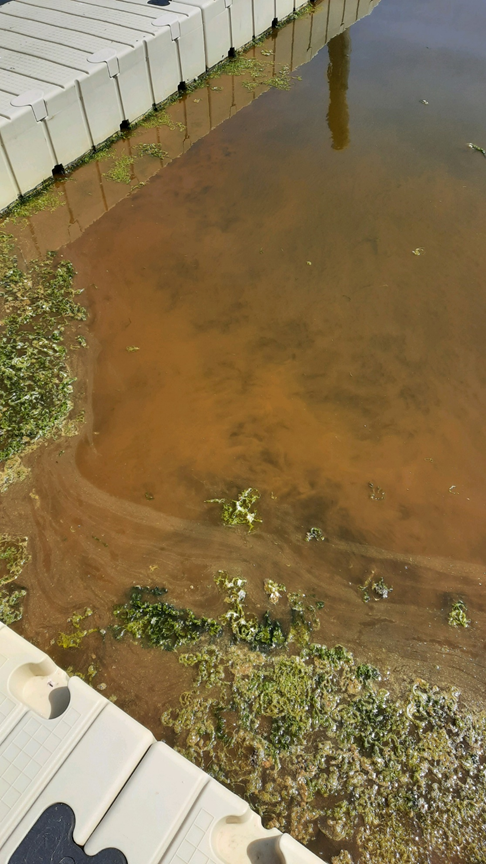
Mahogany Tide along Long Island’s South Shore – Credit: The Gobler Laboratory
Harmful algae blooms (HABs) occur when algae growth becomes out of control in the water, causing harmful effects to people, marine life, seagrasses, birds and even pets. HABs are often referred to as “tides,” and identified by their color – you may hear to these reported in the news as brown tide, red tide, rust tide, mahogany tide, etc. These blooms are caused by excess nitrogen entering our waters.
There are over 380,000 individual cesspools or septic systems in the ground on Long Island. Most people don’t think twice about where our waste goes when we flush, but that nitrogen-rich wastewater flows from our toilets into our cesspools or septic systems, and then leaches directly into our groundwater. These antiquated systems were never designed to remove nitrogen. This nitrogen then flows from our groundwater into our surface waters (bays, harbors, rivers, streams), where it fuels the overgrowth of algae. Think about it, when people fertilize their lawns or gardens, they are using fertilizer that mostly consists of nitrogen. Nitrogen helps plants grow. So, tons of nitrogen entering our water is fueling the algae to grow uncontrollably. While we’re talking about fertilizer, nitrogen from fertilizer used on farms and lawns is also making its way into our waters and making our problems worse.
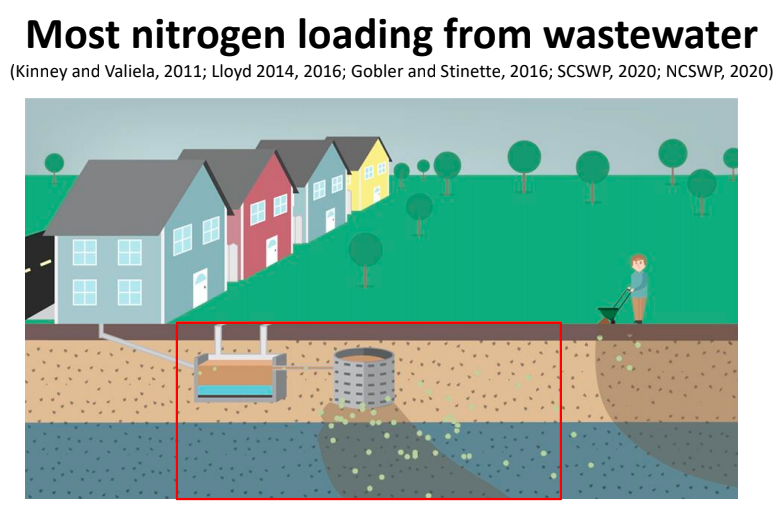
Excess nitrogen in our waters is mostly from wastewater – Credit Dr. Chris Gobler
These harmful algae blooms can have devastating impacts on our environment and marine economy. They remove oxygen from the water, which can lead to large fish kills. Some HABs can produce deadly toxins that are lethal to marine life and can be a public health threat. A lot of times, the presence of these blooms will result in the closure of our beaches to swimming, fishing and shellfishing. They have destroyed our shellfishing industry, caused a loss in tourism dollars and can even decrease home values.
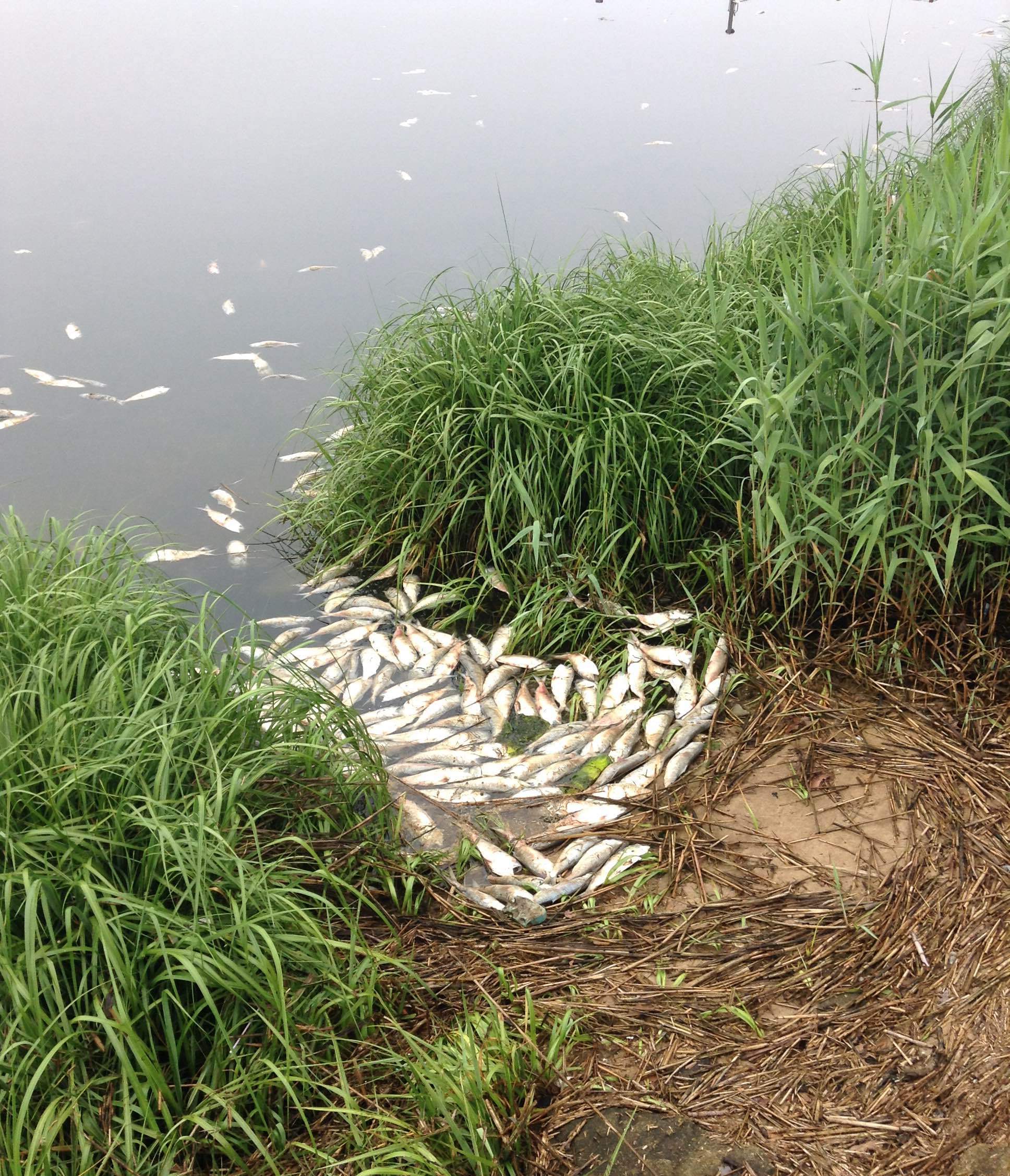
Dead Fish in the Peconic River in the Summer of 2015. This event occurred when a harmful algae bloom depleted the oxygen in the water, causing massive fish kills.
These blooms plague waters across Long Island all summer long. They mostly occur in the summer, because algae growth also requires strong sunlight. Due to climate change, these blooms are increasing in frequency and severity. For much of the past decade, nearly every major bay or estuary across Long Island was afflicted with a harmful algae bloom, oxygen-starved waters, or both.
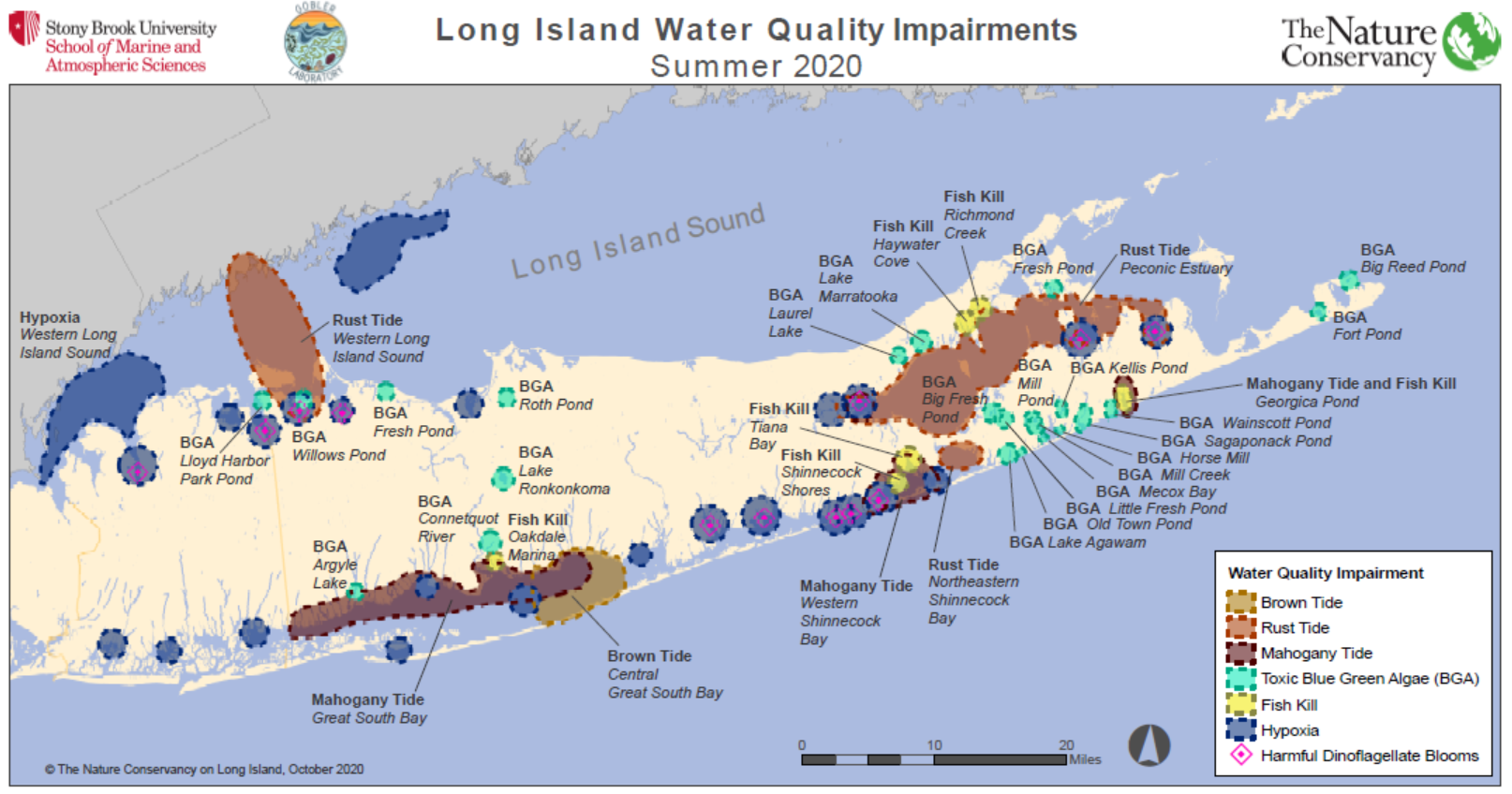
Long Island Water Quality Impairments Summer 2020 (Credit: The Gober Laboratory)
The good news is there are solutions! There are new nitrogen-removing septic systems that can be installed to replace our old, polluting systems. While replacing the nearly 380,000 systems currently in the ground will be an effort that continues for years to come, we know that when we make the switch, our waters improve. Suffolk County homeowners that are looking to replace their old systems with new nitrogen-removing technology may qualify for town and county grants and low-cost loans. Please visit reclaimourwater.info for more details about qualification.
In the meantime, make sure to check out the Gobler Lab’s Facebook page before heading to the water this Summer.
By: Katie Muether Brown, Long Island Pine Barrens Society
Posted on May 26, 2021 by Long Island Pine Barrens Society
It’s Cicada Season on the East Coast

In 2004, the largest cicada population, Brood X, emerged from the ground and filled our trees. 17 years later and they’re back! But, before running away in terror when you come face to face with one of these red-eyed creatures, remember that these insects are absolutely harmless to humans. Not only that, but cicadas have a fascinating lifecycle and they deserve admiration and appreciation.
Periodical cicadas uniquely exist in the eastern part of North America (lucky us). Currently, there are 15 different rotating cicada populations that emerge either on a 13-year or 17-year cycle. Typically, we can expect to start seeing cicadas in early May, and sometimes even as early as the end of April. This year, we will see the Brood X population emerge. This group has the highest recorded cicadas numbers out of all 15 groups. Scientists predict the east coast will witness trillions of cicadas this summer. When they last emerged, Washington D.C., Maryland, Virginia, and Ohio acted as hotspots, while New Jersey and New York had smaller recorded numbers. Most likely, we’ll witness a similar pattern this year as well.
So, why is New York seeing a decline in our Brood X population?
Well, many factors can play into how populous Brood X will be on Long Island. In 2004, researchers already noticed a decline and came up with some explanations. First of all, Cicadas require wooded areas for mating and laying their eggs. Urban New York City and suburban Long Island don’t exactly make up the ideal environment to host millions of cicadas. Also with high bird populations means higher predation concerns. Lastly, out of fear that cicadas will damage gardens (which they won’t, unless you’re growing a new tree), people use pesticides to keep cicadas away.
Aside from their creepy appearance, you have no reason to fear cicadas this summer. Learning about these bugs will make it even easier to enjoy their presence. Cicadas spend 17 years living in the soil, and collecting nutrients from roots and tree sap. After many years, they finally emerge for only a few weeks. Once they emerge the mating process begins. That awful screeching noise, we all know, acts as a mating call. When it comes time for the females to lay their eggs, the adult cicadas will pass on, and the deposited eggs will soon hatch. Once hatched, the offspring will make their way to the soil for the next 17 years.
Within the next few weeks, we can expect to see and hear our new visitors. Perhaps you even recall Brood X’s last emergence in 2004. While at the time, I was young enough to only care for the sound of an ice cream truck, I still look forward to experiencing Brood X cicadas again. After learning about their great ecological impacts and gaining a new outlook on their lifecycle, listening to their screeching doesn’t seem so bad after all!
By Miranda Gonzales, Long Island Pine Barrens Society
Sources:
https://www.nationalgeographic.com/animals/article/brood-x-cicadas-actually-good-fear-no
Posted on May 20, 2021 by Long Island Pine Barrens Society

